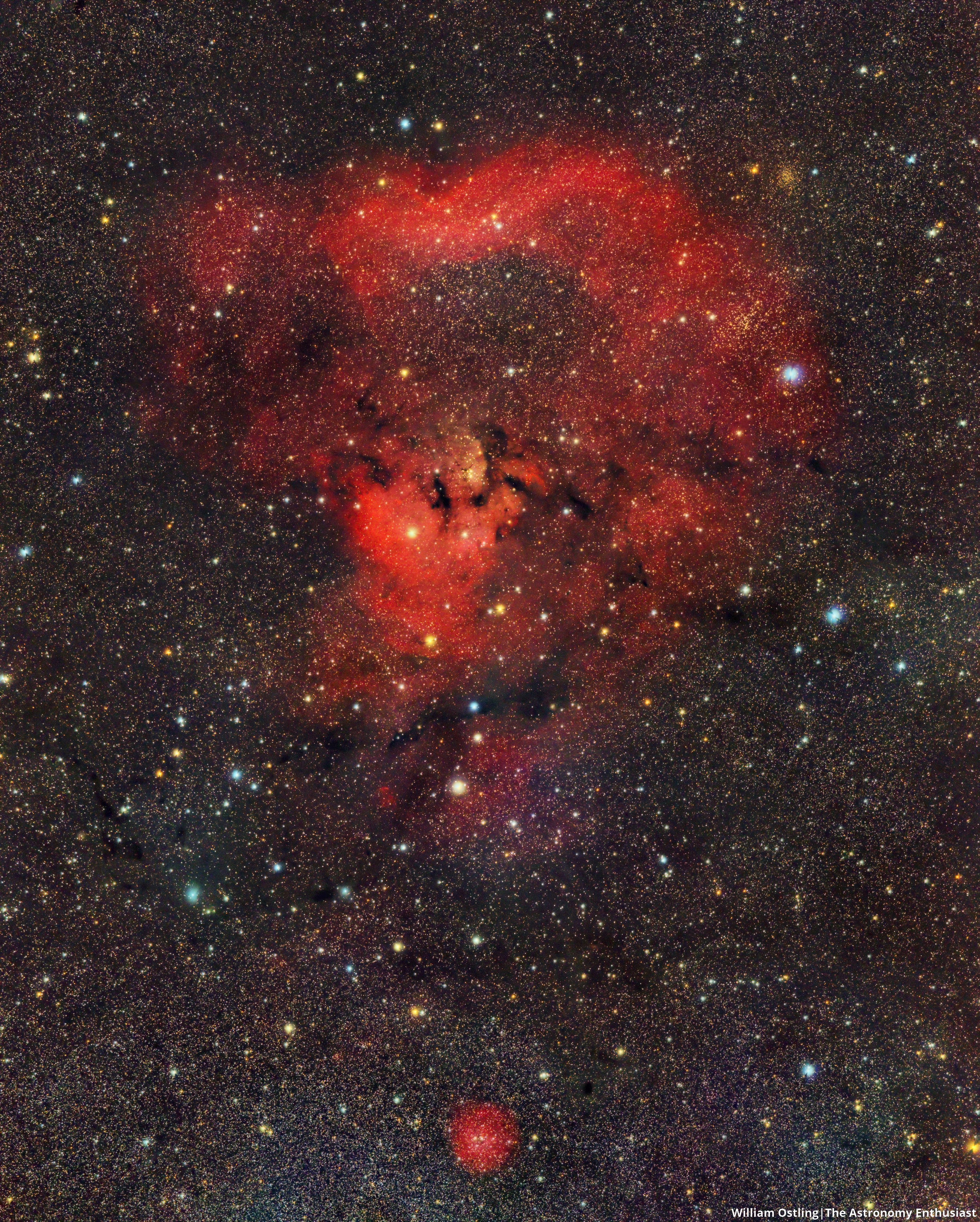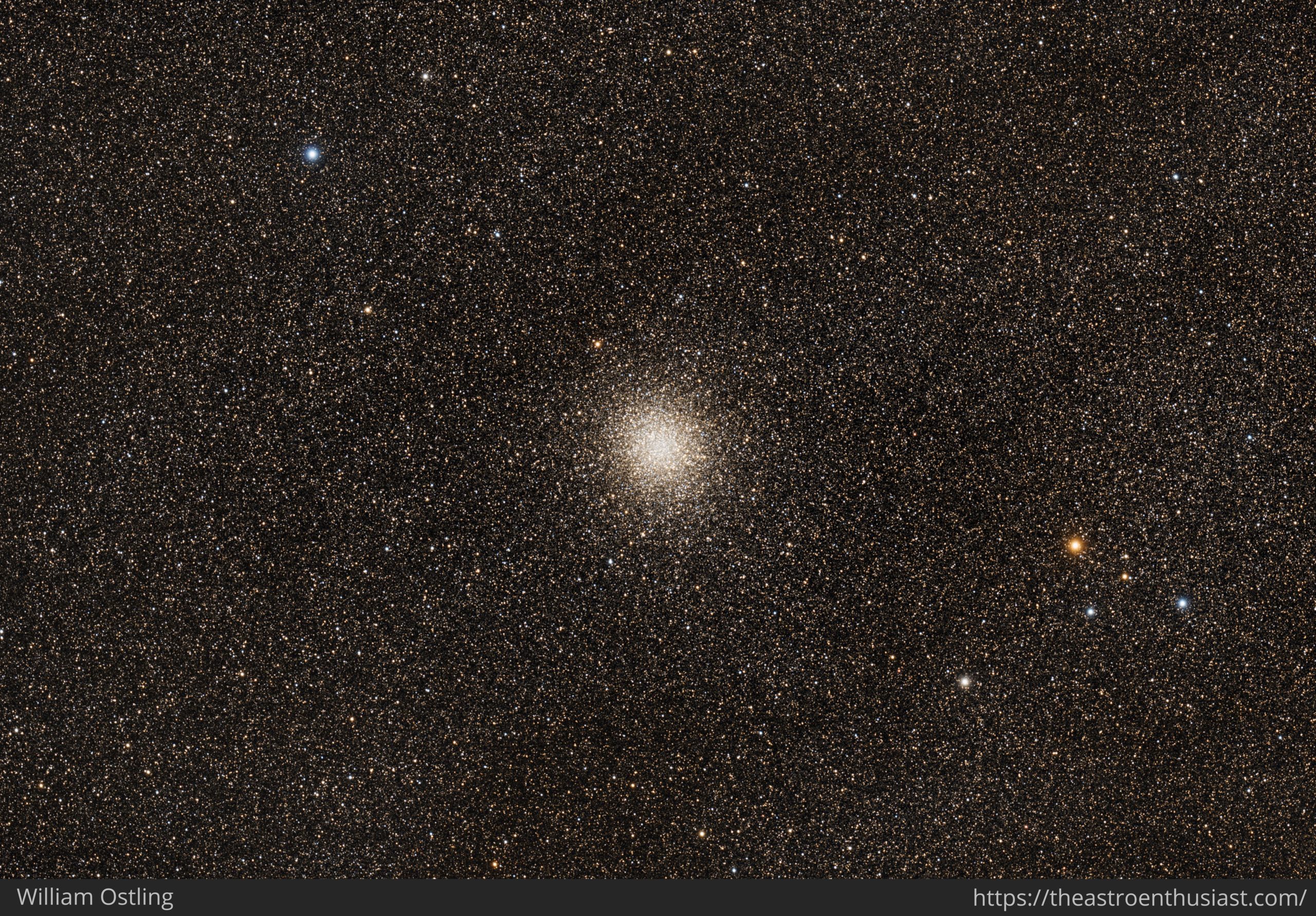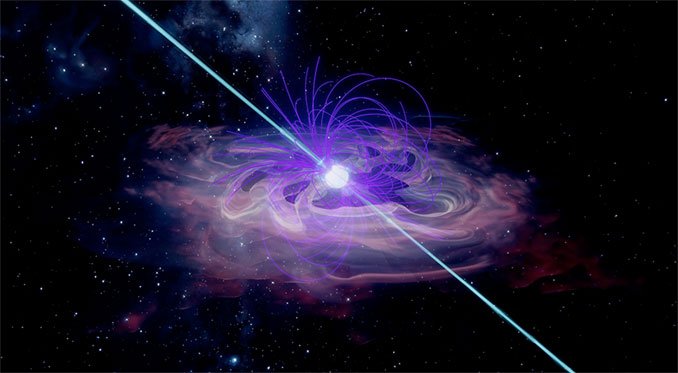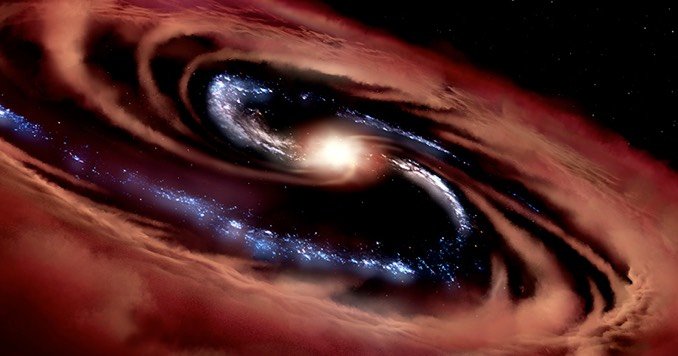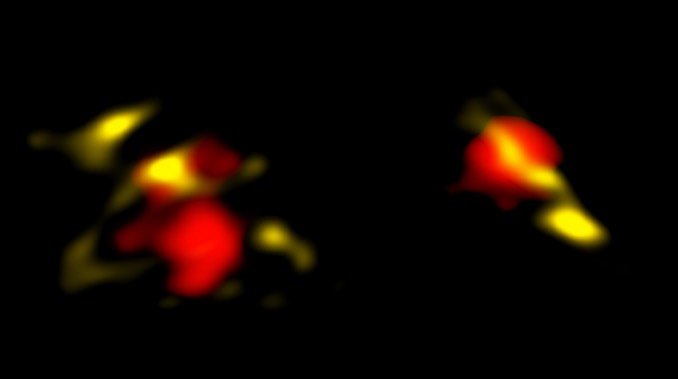A Cosmic Question Mark – NGC 7762 and SH2-170
This target is such a cool target to me – the question mark top is already incredibly interesting, and the little dot below is icing on the cake. NGC 7762 is the big curvy part of the question mark, and SH2-170 is the little dot at the bottom. This target is so big that I actually had to do a two panel mosaic! All the red in this image is caused by hydrogen gas being ionized by the large stars near it, causing the gas to glow […]
Read more